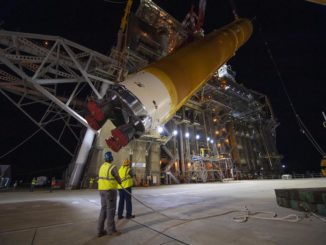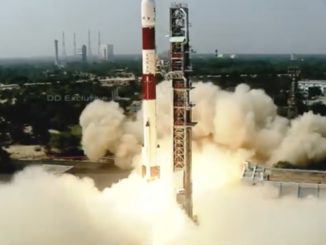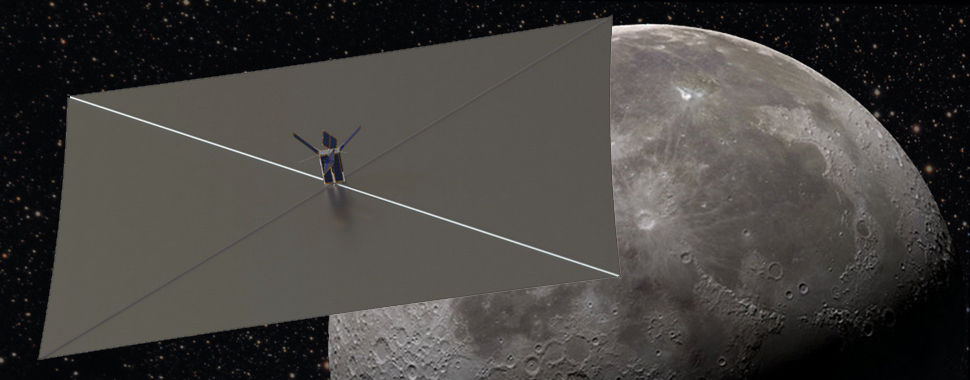
With room for 11 small shoebox-sized CubeSats on the first test flight of NASA’s behemoth Space Launch System, agency officials have turned to scientists, industry and students to fill the slots in time for launch in 2018.
NASA has selected three CubeSats developed by internal government teams for flight on the SLS demonstration launch, and officials announced last week two more top candidates that could be manifested on the mission.
The Space Launch System is scheduled to lift off from NASA’s Kennedy Space Center in Florida in 2018, lofting an unmanned Orion capsule on a flight around the moon. Astronauts will strap inside the Orion spacecraft on the second SLS flight, which is set for 2021.
The Orion crew capsule’s mission will last about three weeks before returning to Earth for a splashdown in the Pacific Ocean.
But the SLS upper stage, derived from an engine used on the Delta 4 rocket, will send a package of secondary payloads on long-distance journeys into deep space. The CubeSats will be mounted inside a ring-like adapter connecting the Orion capsule with the rocket, using flight-proven deployment pods to spring-eject the satellites into space.
Lunar Flashlight, BioSentinel and Near-Earth Asteroid Scout are three CubeSats already approved for launch on the first SLS test flight. NASA’s division in charge of developing next-generation space exploration technologies is sponsoring the three CubeSat payloads, which are 30-pound, six-unit versions of the CubeSat form factor regularly launched into Earth orbit.
No CubeSat has flown into deep space before, and NASA officials see an opportunity to collect basic science data at a fraction of the cost of conventional space missions.
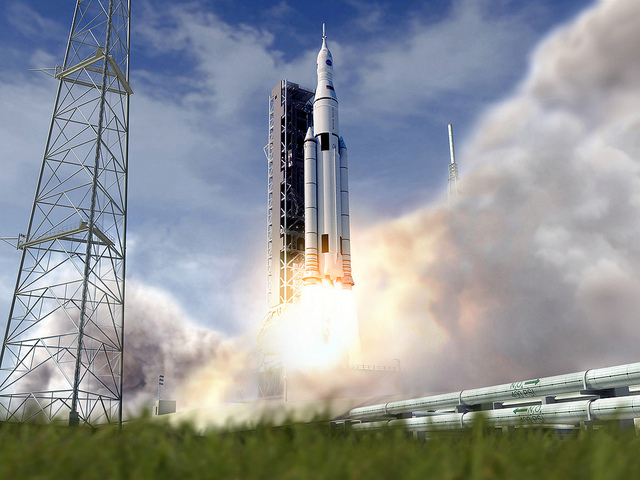
After separation from the SLS upper stage, one of the CubeSats — Lunar Flashlight — will maneuver into polar orbit less than 20 miles above the moon by deploying a solar sail, an ultra-thin membrane designed to harness pressure from sunlight for propulsion. Using the reflective 860-square-foot solar sail as a makeshift mirror, Lunar Flashlight will shine sunlight into permanently dark craters at the moon’s south pole, where temperatures hover just above absolute zero, cold enough to lock deposits of water ice over billions of years.
Developed by NASA’s Jet Propulsion Laboratory, Marshall Space Flight Center and scientists at UCLA, Lunar Flashlight’s goal is to find exposed ice, map where it is located, and confirm measurements from other missions suggesting the presence of water on the moon.
Managed by NASA’s Ames Research Center, the BioSentinel CubeSat will host three strains of yeast and monitor the damaging effects of deep space radiation on DNA. The 18-month mission will take measurements that NASA says will help scientists understand how humans will weather long voyages outside Earth’s magnetosphere, which blocks harmful solar radiation and cosmic rays from reaching astronauts living on the International Space Station.
BioSentinel will deliver the first organisms into deep space since the last Apollo moon mission in 1972, according to NASA.
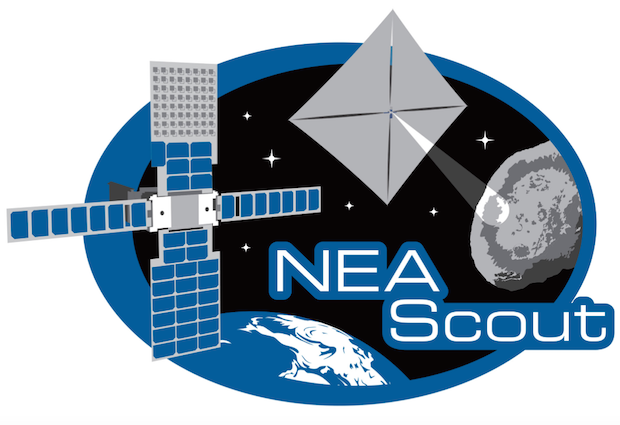
The NEA Scout spacecraft will steer toward a near-Earth asteroid after launching aboard the SLS.
Like Lunar Flashlight, the NEA Scout CubeSat will unfurl a large solar sail and target an asteroid less than 50 meters — 164 feet — in diameter. The probe will fly within a kilometer — about 3,000 feet — of its target at low speed, allowing an on-board camera to collect high-resolution imagery resolving features on the object as small as a flying disc.
NEA Scout’s mission will last up to two-and-a-half years, collecting the first close-up imagery of a small nearby asteroid and demonstrating the capabilities of a compact spacecraft launched into deep space. The mission’s travel distance is restricted by the CubeSat’s limited communications system — the craft is too small to carry a large antenna to transmit data across the solar system, according to developers based at JPL and Marshall.
NASA announced March 30 two more candidates to fly on the first SLS mission in 2018.
The space agency awarded contracts to Lockheed Martin and Morehead State University worth up to $7.9 million each to develop two CubeSats that could potentially be added to the Space Launch System test flight.
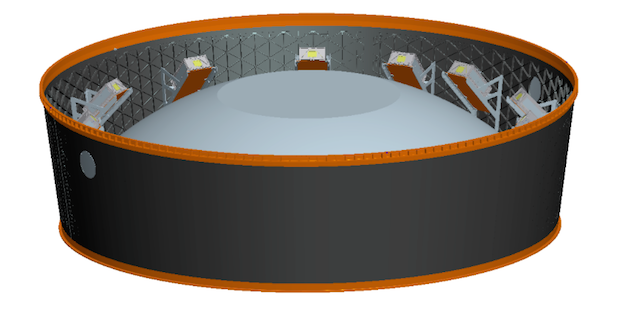
Morehead State University’s Lunar IceCube mission would swing into lunar orbit and prospect for water in ice, liquid and vapor forms on the moon, according to Jason Crusan, director of NASA’s advanced exploration systems unit.
Lockheed Martin’s Skyfire CubeSat would fly by the moon and test low-cost instrumentation that could help study the lunar and Martian surfaces and survey landing sites.
NASA also plans to fill SLS launch slots through a competition pitting CubeSat teams based in the United States against each other in a series of ground tournaments. The space agency will award up to $5 million to CubeSat teams who win the ground tournaments and fly their spacecraft to the moon and beyond, demonstrating technical capabilities such as long-range communications.
Follow Stephen Clark on Twitter: @StephenClark1.

